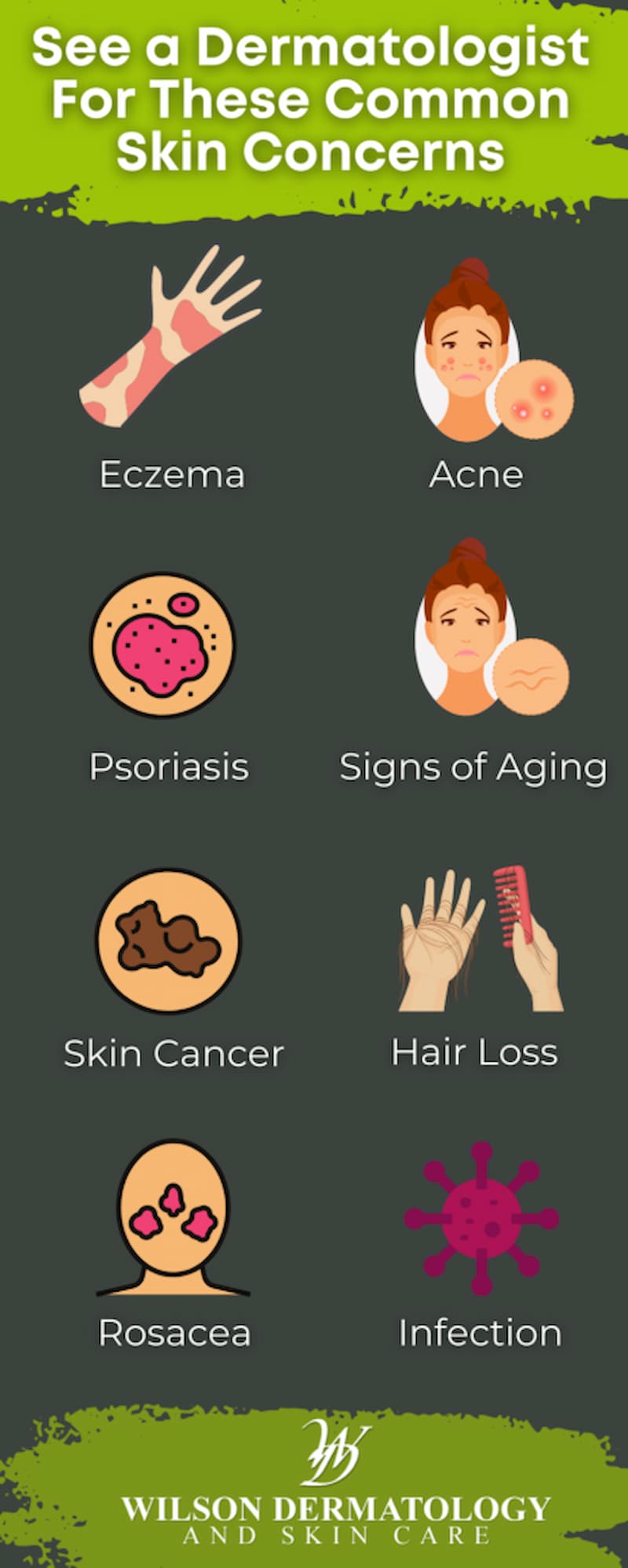Navigating Skin Cancer Therapy: The Necessary Duty of Mohs in Modern Dermatology Practices
Skin cancer cells, a challenging medical diagnosis, typically leaves patients grappling with numerous therapy options. As we explore the complexities of this treatment, one will certainly value its crucial role in skin cancer therapy.
Understanding Skin Cancer Cells: Types and Dangers
There are three primary types of skin cancer cells: Basal cell cancer, Squamous cell carcinoma, and Melanoma. It accounts for only regarding 1% of skin cancer situations yet triggers the vast bulk of skin cancer cells deaths. Risk factors include fair skin, background of sunburn, too much sunlight exposure, living at high altitudes or close to the equator, having many moles, a household background of skin cancer, and weakened immune system.
What Is Mohs Surgery and Exactly How It's Reinventing Skin Cancer Treatment
Despite the many treatments currently offered for skin cancer cells, Mohs surgery stands out as a groundbreaking and extremely efficient remedy. Named after Frederic E. Mohs, the medical professional who established the procedure, Mohs surgical procedure is an accurate surgical technique used to treat skin cancer cells. This level of accuracy, combined with the capacity to save as much healthy and balanced tissue as possible, is revolutionizing skin cancer therapy.
The Benefits of Mohs Surgery Over Conventional Skin Cancer Cells Treatments
Building on the ingenious nature of Mohs surgical treatment, it's imperative to consider its numerous advantages over conventional skin cancer treatments. Unlike standard operating procedures, Mohs uses a higher remedy rate, typically getting to 99% for novice therapies and 94% for recurring cancers. This precision results from its distinct technique of gradually removing and examining tissue layers up until only cancer-free cells remain (skin cancer). In addition, it lessens damages to healthy skin, leading to much less scarring and improved aesthetic outcomes. Mohs additionally offers prompt outcomes, eliminating the anxiety-ridden wait typical with other techniques. It's cost-effective, as the surgical procedure and tiny exam occur concurrently, eliminating the demand for additional research laboratory services. Thus, Mohs represents a substantial innovation in skin-related practices.
The Procedure of Mohs Surgery: What to Anticipate Throughout the Refine

Possible Adverse Effects and Post-Operative Care of Mohs Surgery
Undergoing Mohs surgery, like any type of various other surgical treatment, entails potential negative effects that people should know. Typical negative effects consist of discomfort, bruising, read here and swelling at the surgery site. These are generally short-lived and manageable with over the counter discomfort medicine and ice packs. In rare cases, clients might experience infection, blood loss, or a sensitive response to the neighborhood anesthetic. Post-operative care is important to recovery and lessening adverse effects. This commonly involves keeping the injury clean and dry, taking prescribed medicines, and avoiding strenuous tasks. People must additionally participate in all follow-up appointments for wound care and monitoring. In many cases, additional therapies might be required to guarantee complete removal of the cancerous cells. Following these post-operative care guidelines can substantially enhance recovery and outcomes.
Verdict
